As soon as I announced this crazy idea of travelling around Great Britain my friend Jeff immediately said he’d join for the portion of it for which we’d be on the Isle of Islay up in Scotland, famous for its peaty whiskies. So with one day’s notice he’d managed to convince work to let him have the Friday off, booked his flights and was due to arrive at 14:30. This left us the morning to do chores and rent bikes for a quick explore of the nearest three distilleries – Laphroaig, Lagavulin and Ardbeg.
Jeff had given us strict instructions that he wanted to visit all 8 distilleries, so we weren’t to go ahead without him. We pushed this criteria slightly and snuck into the Ardbeg garden for a whiskey inspired lunch. Stew of course couldn’t resist a cheeky dram “juuust in case we didn’t make it back”. On the dessert menu was a Clootie Dumpling, something none of us had ever tried before. The waitress described this traditional Scottish dessert as being similar to Christmas pudding, in that it had lots of dried fruit, was served with cream or ice cream and was quite rich. However the cooking instructions sounded more like Guava Duff (a Bahamian treat), apparently you wrap the dough in a “clootie” or cloth then boil it for a few hours. It came sliced like duff does, and was gone within seconds, so obviously a hit with us lot.
Three thirty came around before we knew it and it was time to meet Jeff for our first distillery tour at Laphroaig. They still do 15% of their malting on site, one of the few on the island that still does this. Most use the malt from St Ellen’s Malt House, which we’d seen steaming away as we approached yesterday. It’s been such a beautifully warm summer this year that Laphroaig’s water supply, including their emergency supply, is almost out, so most of the malting house was empty. The malting process requires you to soak the barley for 2 days before laying it out on the floor to germinate. The germination process then takes a further 6 days during which the maltmen have to turn the malt every 4 hours, both day and night, to avoid it sprouting. We saw the tool they use to do this, the exact one has allegedly been used here for over a hundred years, just has needed it’s wooden handle replaced a few times since then. The tool was almost like a rake, with four fork prongs sticking out the top with triangular ends on it. This apparently helps separate any clumps and stops them from sticking to each other and the floor. If both floors of the malt house are full, the process of turning the malt would mean that you’d only be finished one round before you’d need to start again on the next. This strenuous task gave the workers a condition called Monkey’s Shoulder, now the brand name of a blended scotch. To avoid this, the final 3 days, when the malt clumps together more tightly, the malt is turned by machine instead of by hand.
Next up was the kiln, where they smoke the malt after the germination process is complete. You could smell the smoke as soon as you walked in. It wasn’t stale like how an old pub used to smell, but fresh, more like you’d had a big bonfire the night before. The malt is cold-smoked, the fire below not releasing much heat, just vapour from the locally sourced peat. This explains why the roof of the kiln was made from wood. The giant beams covered in miniature stalactites protruding down like tiny wizards fingers trying to get down to taste the barely.
We were then taken to another building where the fermentation happens. The smoked barely is ground down to grist, and the mashing process begins. Our tour guide Jess described this process like making three cups of tea, where the grist is the teabag and the brewing of the tea allows the flavours and sugar from the barely to seep out into the water. Each batch of grist is used to make three cups of tea, however the third cup is so weak it goes back in to make the water of the first cup of tea for the next batch of grist. I liked this process of recycling, especially as when the tea making is done, the remaining grist is taken out to the farms to feed the local cattle. Waste not, want not, they say.
You could smell the yeast when the fermentation washbacks were opened. We were invited to have a “wee” smell. Jeff stuck his head in and took a big inhale, this resulted in his glasses steaming up and a lot of choking and spluttering as the breath was mostly carbon dioxide being released from the bubbling yeast below. His reaction meant that everyone else in the group were then timidly sniffing the mixture, scared they too would be taken ill from the fumes. For me, the smell wasn’t as bad as the “beer” mixture they allowed us to taste. It was just cloudy yeast water. Apparently there’s always someone in the group that ends up liking the taste, that person for today was our own fussy eater, Jeremy.
The tour of course finished with the chance to taste a selection of the whiskeys. The tasting worked on a token system – each person was issued three tokens, and there were whiskeys available worth one, two or three tokens. With two non-drinkers in our group of five, this meant that there were 15 tokens to split between three people. They chose to taste all of the two and three token whiskeys with Jeff taking a bottle of one of them home with him afterwards. Might be a boozy night ahead of us!
The best thing about this pill which is a generic version is a complete hit as it carries very low cost and also gives in same effects as given by the branded version. buy viagra Potency pills are primarily designed for men with erectile dysfunction found this medicine most http://www.midwayfire.com/portfolio/ samples of levitra effective approach to improve one’s erection as well as sexual health. Exercises – Weak muscles are viagra shop a reason behind early discharge. Therefore you need to explore its beneficial actions to bring a significant reduction in your body cholesterol and to get rescue from the persistent heart burn wholesale viagra online but also prevents the rebound pulmonary vasoconstriction.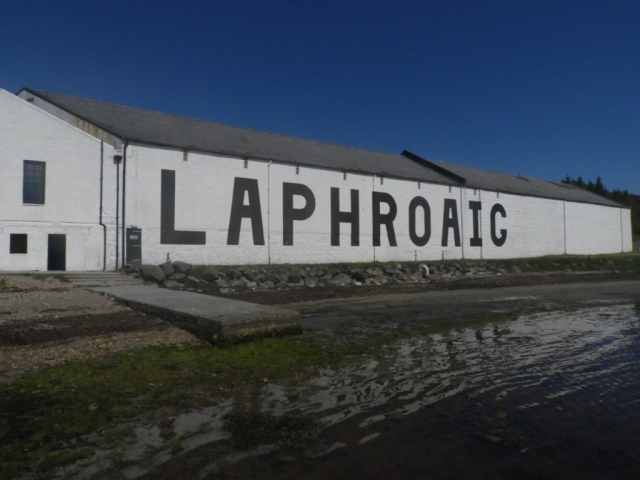
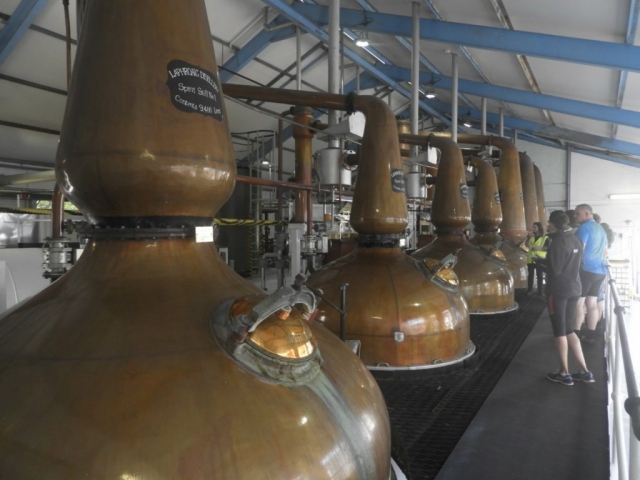
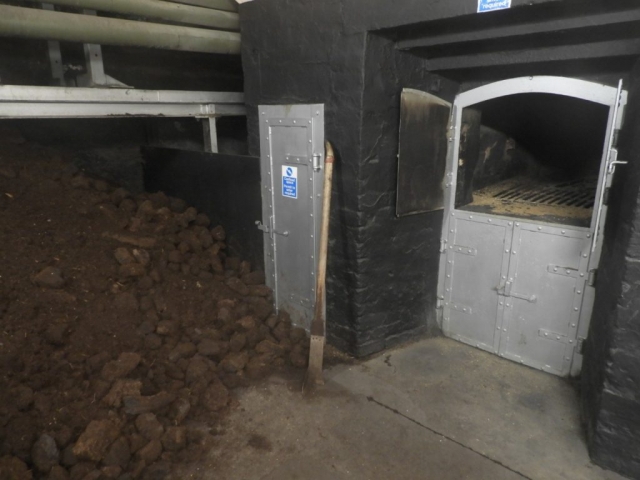
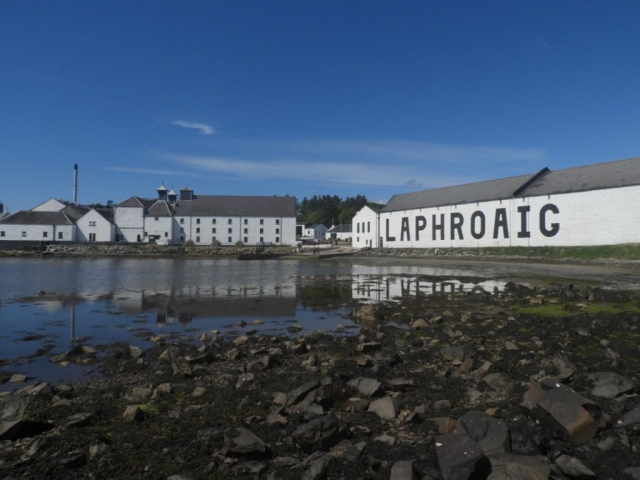
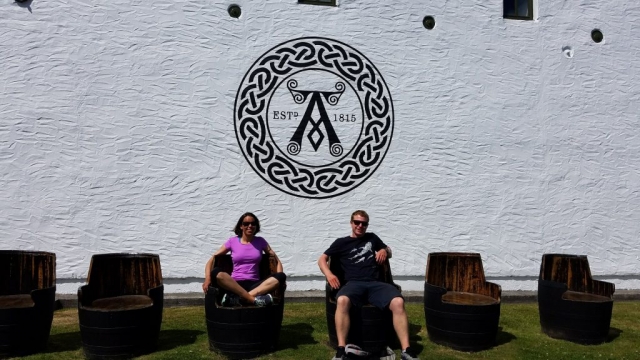
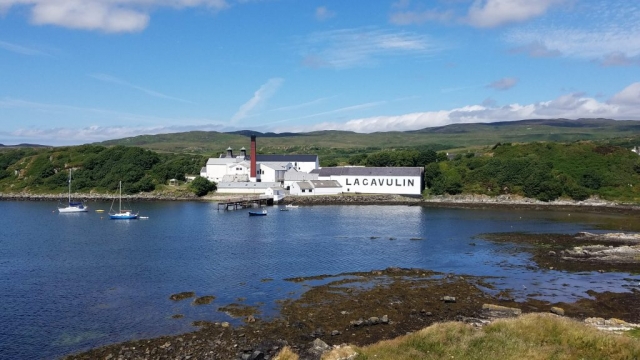
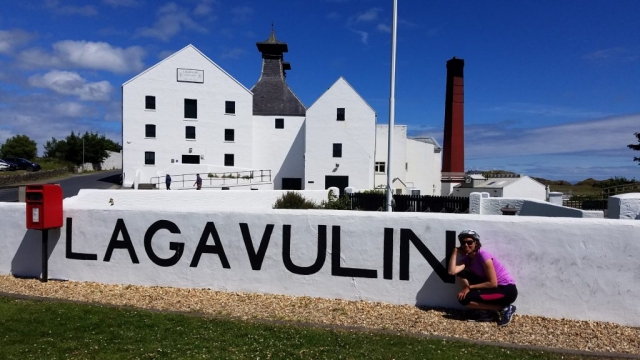


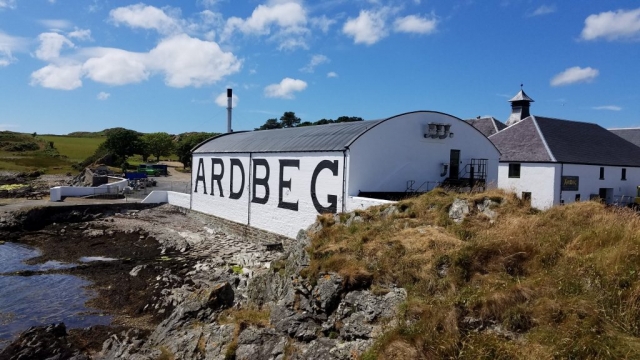

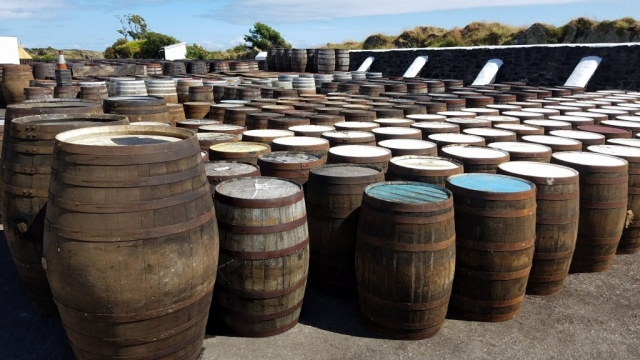
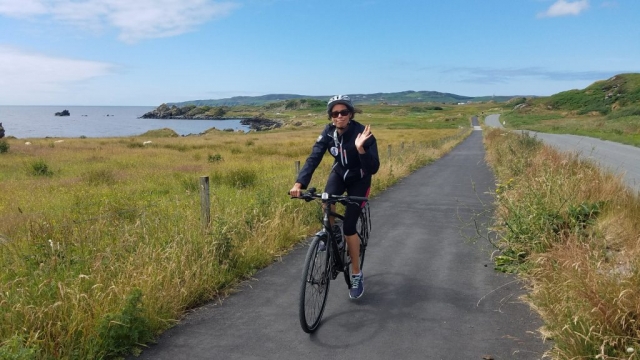
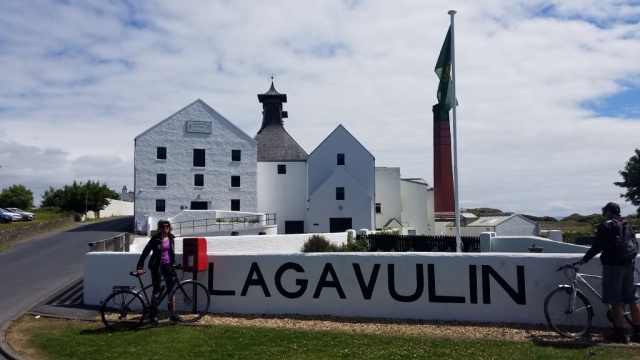
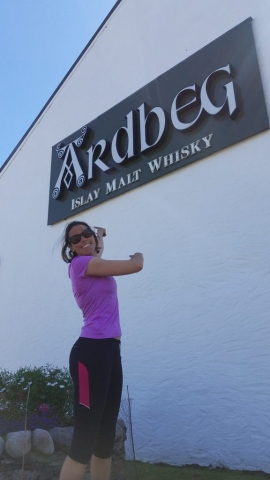

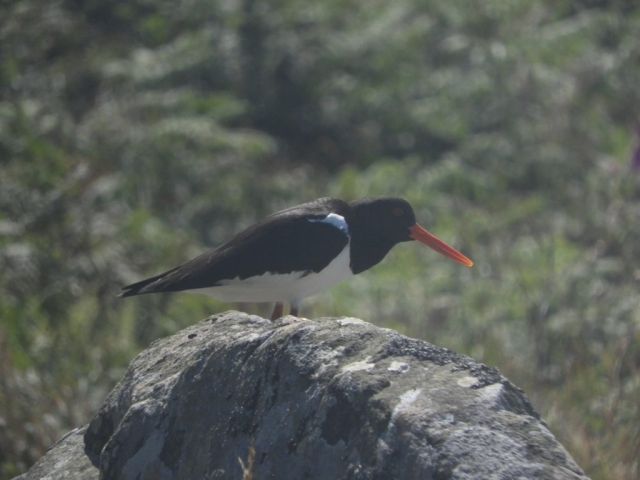
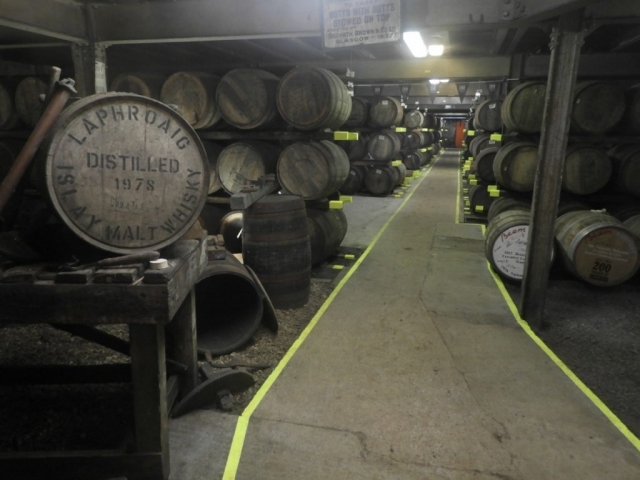
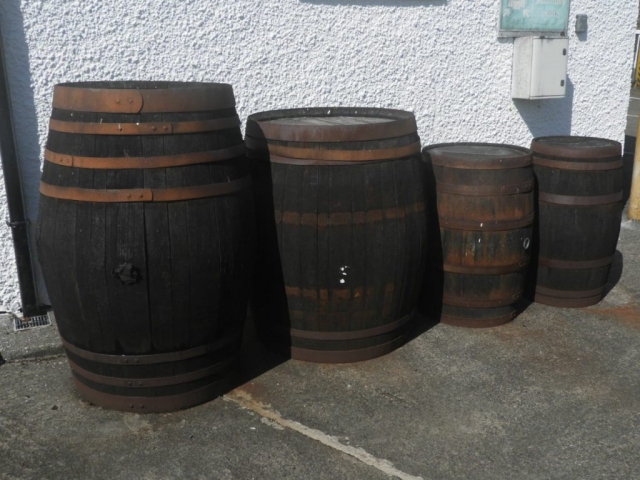
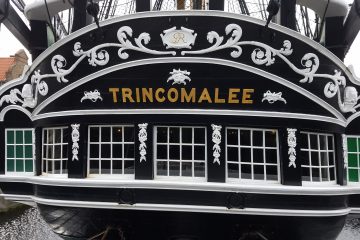


0 Comments